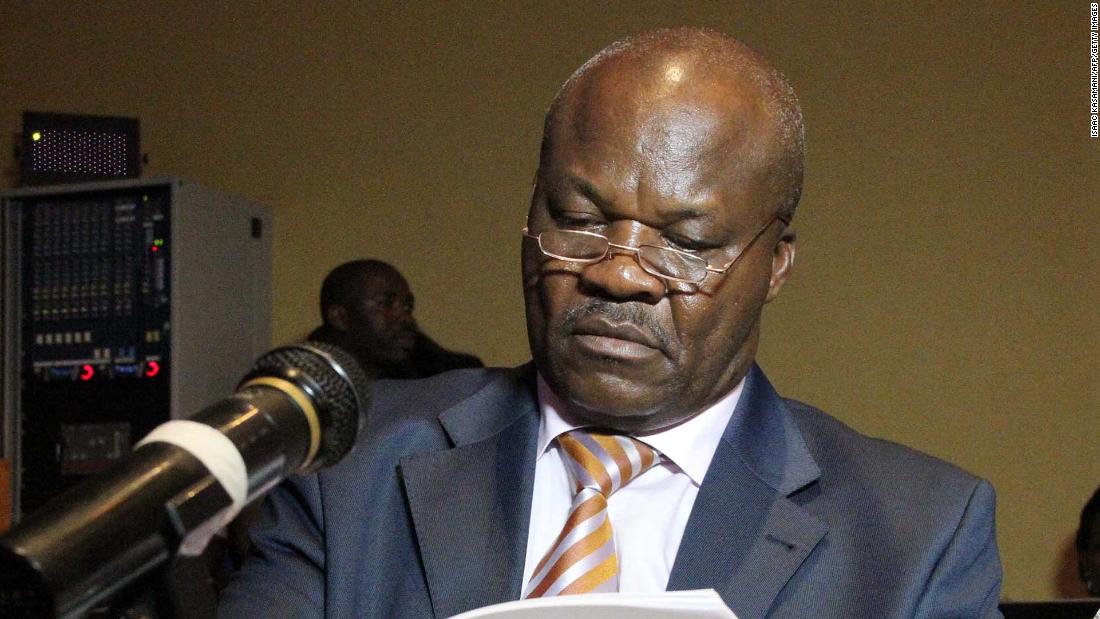An armed group he led is accused of crimes, including rape, summary executions, mutilation and cannibalism during a deadly civil war in the Democratic Republic of Congo.
French prosecutors also accused Lumbala of ‘participating in a group set up to prepare for war crimes’.
The 2002 UN investigation “confirms a pattern of looting, killing and rape as war tactics” for RCD-N forces in the Beni region, in the northeastern region of Ituri.
“The summary executions are aimed at the Nande ethnic group and Pygmies, who were forced to flee to the forest for the first time to escape persecution,” the UN report said.
“The victims reported several cases of mutilation, followed by cannibalism,” the report added.
Between 12 and 29 October 2002, RCD-N soldiers allegedly killed 173 civilians and carried out ‘acts of cannibalism’, the report said. An unknown number of civilians were maimed while soldiers raped a ‘large number’ of women and children.
The report links other cases of mutilation, rape and cannibalism to the ‘Clean the blackboard’ operation.
The French judiciary has the jurisdiction to prosecute crimes against humanity abroad against foreign victims if the perpetrators reside in French territory or in France.
In 1996, dissident groups led by Laurent Kabila – and strongly supported by Rwanda and Uganda – revolted against endemic corruption. They entered the country’s capital Kinshasa in May 1997 and Kabila declared himself president.
Internal and external dissatisfaction with Kabila gradually increased until 1998, when a new rebel group – again backed by Rwanda and Uganda – formed and a second conflict broke out.
In January 2001, Kabila was killed by one of his bodyguards and his son, Joseph Kabila, took over. Under the younger Kabila, foreign forces gradually withdrew and the Congolese parties managed to reach an agreement for a national transitional government that included the three main warring groups, a number of smaller ex-rebel movements and representatives of civil society and politics. include opposition.
Lumbala became a minister in this government between 2004 and 2005.
Correction: This story has been updated to include the true image of Roger Lumbala. ‘
